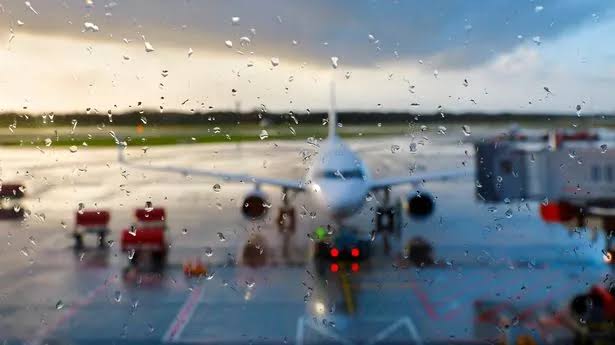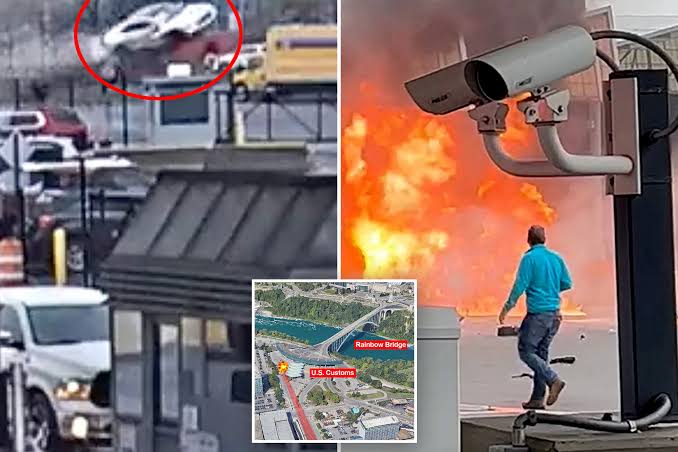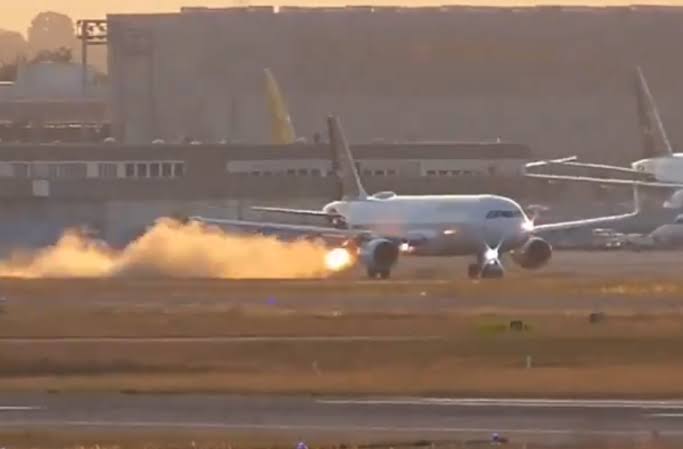Emergency landing of Lufthansa flight at Hamburg Airport due to coffee machine incident
Introduction
In an unusual turn of events, a Lufthansa flight en route from Frankfurt to Gothenburg was compelled to make an emergency landing at Hamburg Airport on March 9, 2024, due to smoke emanating from a defective coffee machine in the aircraft’s front galley. While all passengers and crew members remained unharmed, the incident underscores the critical importance of addressing even seemingly minor technical issues in aviation.
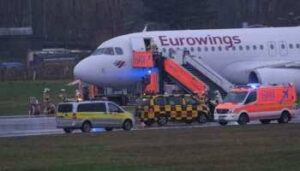
Flight Details and Incident Overview
Lufthansa Flight LH818, operated by an Airbus A319 registered as D-AILD, departed Frankfurt Airport at approximately 16:49 local time, destined for Gothenburg, Sweden. As the aircraft ascended through flight level 330 (approximately 33,000 feet), the flight crew detected smoke in the front galley area.
In response to the smoke, the cockpit crew declared an air emergency in accordance with standard procedures, prioritizing an immediate landing. The aircraft safely landed at Hamburg Airport approximately 14 minutes later, with all passengers disembarking without incident.
Cause of the Smoke
Initial investigations by Lufthansa technicians revealed that the source of the smoke was a malfunctioning coffee machine located in the front galley. The defective appliance caused a brief local smoke development, prompting the crew’s decision to divert the flight.
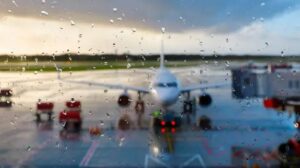
Lufthansa emphasized that at no point was there any danger to passengers or crew members, stating, “There was no danger to the passengers or crew at any time during the flight.”
Emergency Response and Passenger Safety
Upon landing, the aircraft was met by emergency services as a precautionary measure. The plane taxied to the gate under its own power, and passengers disembarked normally.
The airline arranged for a replacement aircraft, an Airbus A320 registered as D-AIZM, to transport the affected passengers to Gothenburg later that evening.
Broader Implications and Safety Protocols
While the incident was resolved without injuries, it highlights the potential risks associated with onboard equipment malfunctions. In-flight appliances, such as coffee machines, are subject to rigorous maintenance and safety checks; however, unforeseen failures can still occur.
Aviation safety protocols mandate immediate action in response to any sign of smoke or fire onboard. The swift decision by the flight crew to declare an emergency and divert the flight aligns with these protocols, prioritizing passenger safety above all else.
Conclusion
The emergency landing of Lufthansa Flight LH818 serves as a reminder of the complexities involved in ensuring passenger safety. Even minor technical issues can escalate, necessitating prompt and decisive action by flight crews. Lufthansa’s handling of the situation, including the safe landing and timely arrangements for passengers, reflects the airline’s commitment to safety and operational excellence.
